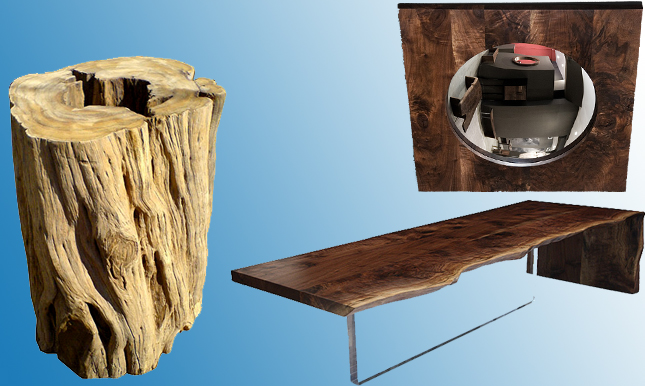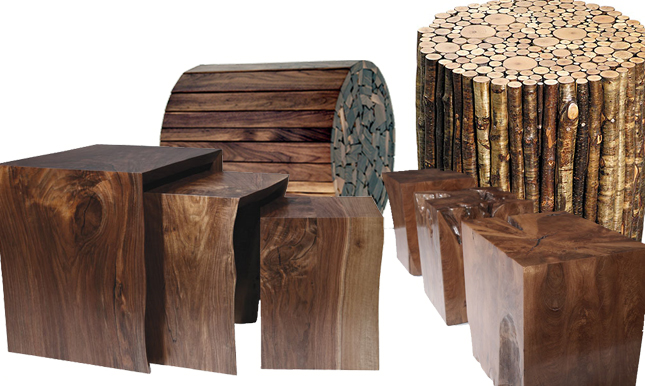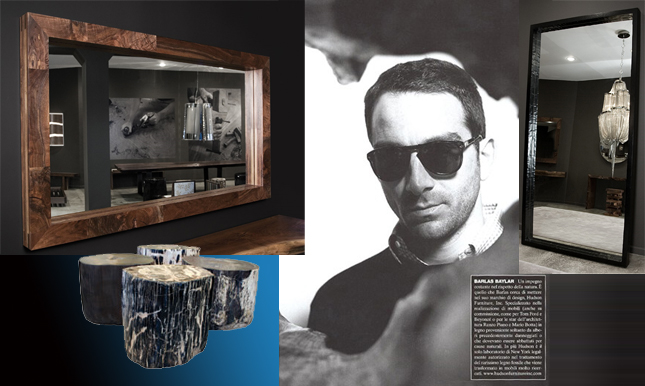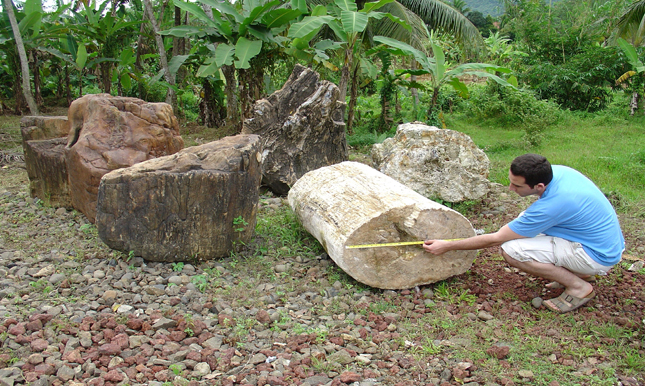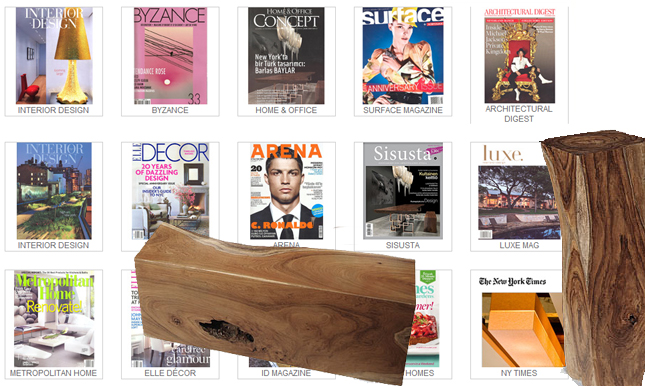The Man Behind The Furniture
Recalling Memories to Create New Ones
Famed New Yorker Barlas Baylar is roundly hailed for his minimalist furniture integrating natural elements with modern aesthetics. To tour his Hudson Furniture showrooms is to walk through a world where nature has been reinterpreted by architecture even while the 21st Century yearns for millenniums past. There the evolution of chandeliers, tables, bed frames and their headboards is displayed in the form of metal, wood, glass, and stone reworked for the furnishing of civilization. Chain chandeliers with soft curves are traced by metallic piping leading to a descent of light through strands of glass. Expiring trees are memorialized in bittersweet majesty as the solid slabs of chairs and benches. Then there are the accessories that seem stone and wood both – petrified wood, of course. Yet all the floor samples can merely begin to hint at Baylar’s prodigious output.
Twenty-four craftsmen help realize Baylar’s visions as the utilitarian artwork now fashionable with celebrity apartments and upscale boutiques alike, each piece unique and no two quite the same. With personal experiences in production design and a family tradition in machinery manufacturing, Baylar established Hudson Furniture to incorporate antique, all-natural materials, modernizing them with industrial details for organic structures that transform interiors into exteriors by suggesting the universe outside. Surfaces are not just sanded down but hand-burnished with broken glass to reveal nature’s own workmanship beneath.
A commitment to the natural world is at the heart of Baylar’s very design processes. No detached admirer from afar, he is deeply involved in the preservation of nature and only uses certifiably sustainable materials in his work. Only arbor salvaged from wind and storm damage that is domestically sourced is used, with favorite species such as Claro Walnut, Black Walnut, Myrtle, Jasmine, Acacia, Satinwood, and Ebonized Pine removed by their rightful owners only to prevent damage to houses or other trees. Nothing is wasted, and scraps and leftovers of every irregularity are reintegrated. From the connections made through family ties and personal knowledge of various industries, Baylar can be certain of the origins of his materials, with even the official approval of embassies and consulates sought in matters of necessary imports. In fact, his firm is proud to be New York City’s sole repository for legally harvested petrified wood. And thus shall Baylar’s geometric designs, traditional joinery techniques, and hand-rubbed oil finishes continue returning to nature – only to emerge once more for the furnishing of civilization.


